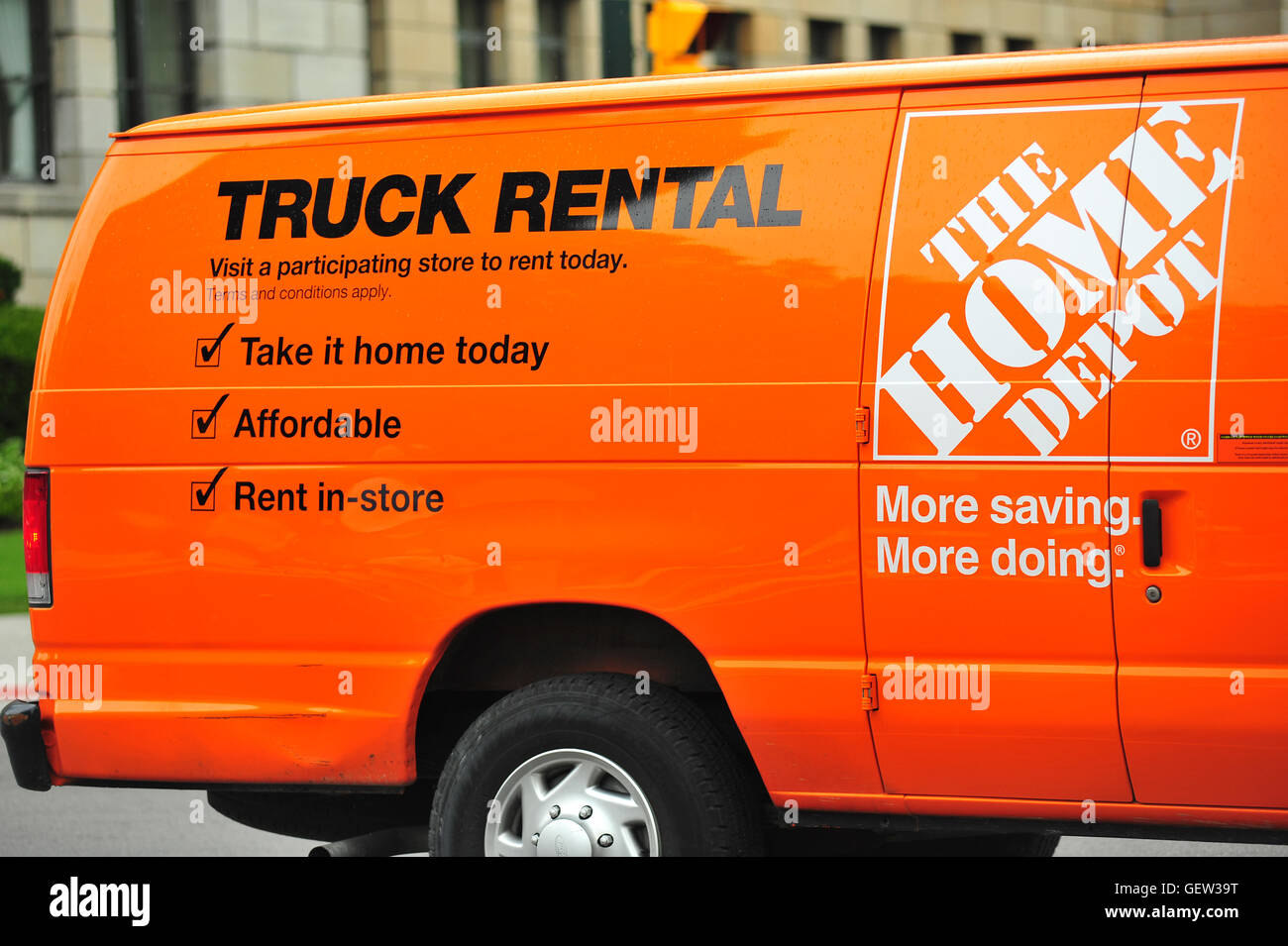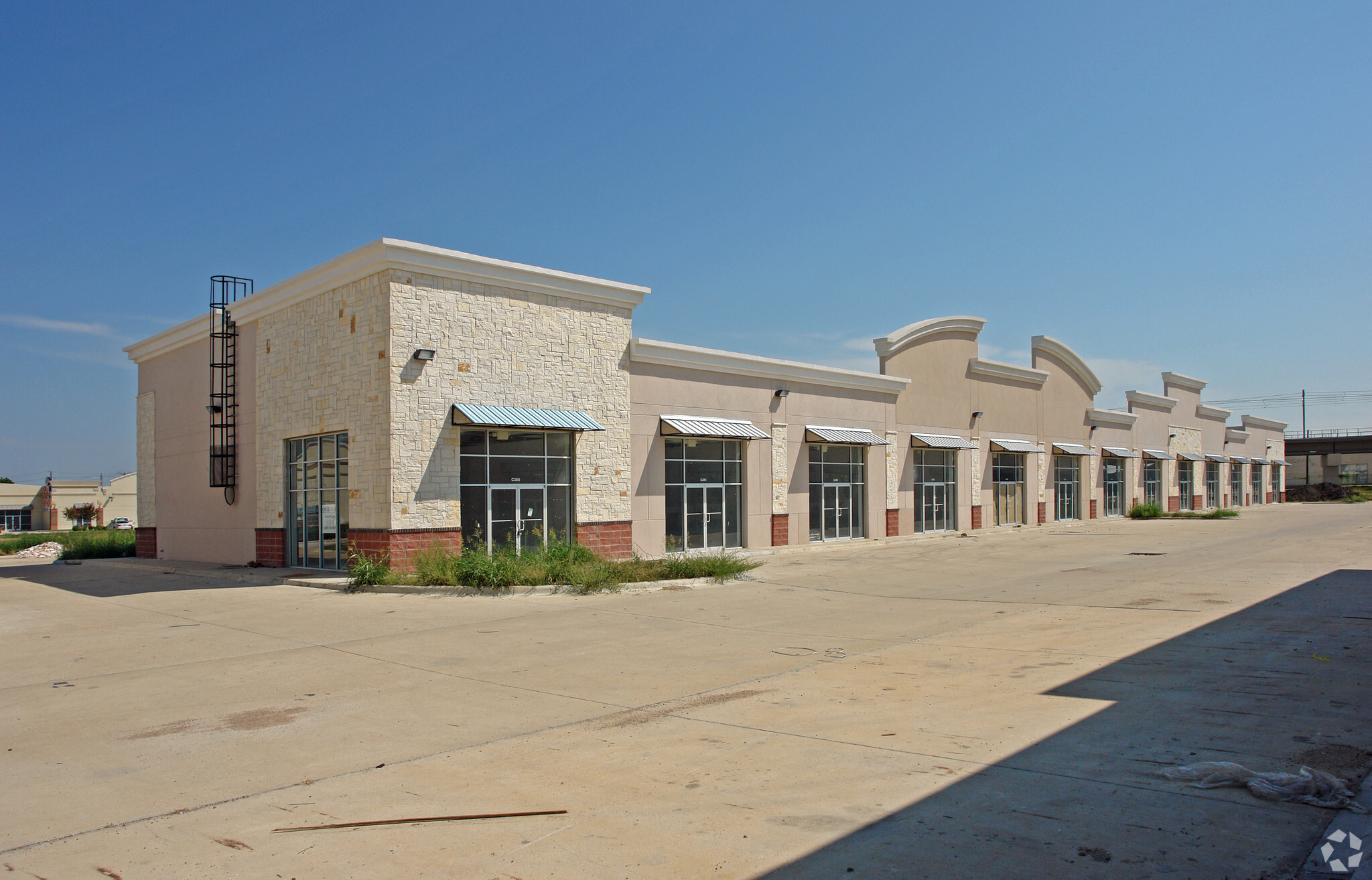Table of Content
Since composite siding is modeled after natural wood, it will offer similar looks in terms of wood species. The material is easily combustible when exposed to higher temperatures. Besides igniting quickly, wood burns at a fast rate, potentially causing the fire to spread into the house. While few materials can come close to the look of natural wood, there are also some negative sides to this option. Shingles are generally the most affordable option and can be purchased for as low as $0.94 per square foot.

Depending on the material, one box of siding can cover 100 to 200 square feet. To be more precise, a low-budget siding installation can be as affordable as $2,300. Having siding installed in winter may be cheaper, but it can be more difficult if you live in a cold-weather climate.
Fiberglass siding manufacturers: an overview
Old Mill Thin Brick Systems 10.5-in x 28-in Castle Gate Panel Brick Veneer costs $107.99 to cover 122.5 square feet. James Hardie 8.25-in x 144-in HZ10 HardiePlank Cedarmill Fiber Cement Lap Siding costs $9.64 each and covers 7 square feet. Double 4" Textured Slate Aluminum Siding costs $199 per square and covers 100 square feet. Primed Engineered Treated Wood Siding Panel costs $17.98 and covers 5 square feet.
Fiber cement siding is one of the most durable options, but since it’s so labor-intensive, it’s a more expensive option. If you want to install new siding on your 2,500-square-foot home, it will cost you an average of $28,500 for the entire project. If you want to get fiber cement for your home, you can expect to pay $100 to $200 per bundle, while a bundle of wood siding goes from $50 to $200. You can also get siding materials at Home Depot, which has a huge selection of siding materials. The main factor that determines the price of this home improvement project is the siding material, which is why the average price varies from $5,130 to $16,150. Of course, there are many factors to consider, but installing new siding on your house usually costs around $10,212.
Menards roofing prices
The pieces are designed to lock together easily, so that you can have the seamless look of a real log cabin when you’re done. Because you’re installing it over your existing home, it doesn’t have the same issues as a log cabin in terms of settling, chinking, and air gaps. This type of siding has become so popular, in fact, that it’s now available at a variety of big box stores such as Home Depot.

More expensive materials can be priced at up to $50 per square foot. Common siding types include brick, wood, fiber cement, metal, vinyl and stone. House siding installation costs from $3,000 to $26,000 with most homeowners spending between $4,293 and $15,741. New siding costs range from $1 to $13 per square foot depending on the size and shape of the home and the siding materials selected.
Home Depot Siding Reviews
Steel siding is highly durable, unaffected by many of the issues that wood faces including moisture problems, UV rays, insect activity, and fire. It doesn’t chip or crack, and it won’t warp or swell, so it’s much lower maintenance in the long-term. They can swell, warp, and eventually begin to rot if they’re exposed to enough moisture over time. Since they aren’t whole logs, just the face, they’re so thin that any damage done means that you’ll need to replace them rather than simply making repairs.
The cost to reside a 2,000-square-foot home with vinyl is $7,100 on average. The cost to replace siding adds $1,000 to $3,000 for removing the old siding. For example, vinyl siding at Menards costs $50 per 100 square feet, while pine plywood siding costs an average of $100 per 100 square feet. Cedar shake siding costs between $4 and $8 per square foot installed. A typical 2,000-square-foot, one-story house will cost $5,700 to $11,500 for professional installation.
How much does siding repair cost?
Engineered wood siding will never deal with pests or mold and mildew. Siding is sold on a per square basis where each square is 100 square feet. Calculating will help determine how much siding you’ll need, but there are also the supporting aspects of installing the siding. For example, when installing vinyl siding, you will need starter strips, J-channel trim, under sill trim, and utility trim. You’ll also need the insulation wrap and the tape to secure that wrap, and nails to put up the panels of vinyl siding. You can install siding with a number of different materials, from vinyl to aluminum.

Even though the installation process is simple, it is time-consuming. It’s also an eco-friendly choice, as most siding is harvested from sustainable forests. If you’re concerned about the eco-impact, check to see if the Forest Stewardship Council certifies the company that makes the siding.
Replacing siding can be fairly affordable, costing around $12 per square foot. If you the extremely cost-efficient route, it’s possible to find replacement siding for as low as $2 per square foot. When installing new siding to your home, it’s essential to consider your current siding.

It’s challenging to determine the exact average siding cost per square foot because the prices drastically differ for low-end and high-end siding materials. Prices are tied to the thickness of each panel, with the thicker panels being more expensive but also more durable. Vinyl siding is manufactured with color throughout the panel, so that scratches won’t show.
Since it’s a relatively new material, finding experience contractors might be a challenge. Excellent warranties are available, many going up to 30–50 years, and are transferable to new owners if you sell your home. Eco-aware consumers will appreciate the fact that engineered siding is made from wood scraps and waste, ensuring every part of the tree is used and not discarded. It’s made from a combination of real wood scraps and resins/plastics, so it's an eco-friendly choice. If the paint is not sealed , it can crack and peel, which lets moisture in, and that’s when the damage begins. Now that you have a rough estimate of your home's siding needs, let's compare different materials and pricing for your siding job.

In contrast, fiber cement siding is the most challenging to install and requires professional help. For instance, many Home Depot vinyl siding products can be installed without professional assistance, thus eliminating labor costs. The final cost of the rental services depends on the size of the machine, how long you need it for and where you live.
Siding Materials Options At Home Depot
However, pay attention to the type of cleaning solution you purchase; the wrong one might damage your carpets or the machine. Maintenance and painting can be done by the homeowner, which can help to reduce costs. The issue, though, is that these boards are made from fairly soft wood, usually spruce. Thewood needs to be stained to help protect it from the elements and to give the home its finished look.
The same goes for Home Depot, where the priciest option costs around $12 per foot. First, vinyl siding can fade significantly faster than other siding options, leading to a maximum lifespan of 15 years. Vinyl is susceptible to adverse weather conditions and excess UV light exposure. In terms of cost, the cheapest option is $8.86 for a panel covering 10.64 square feet.

No comments:
Post a Comment